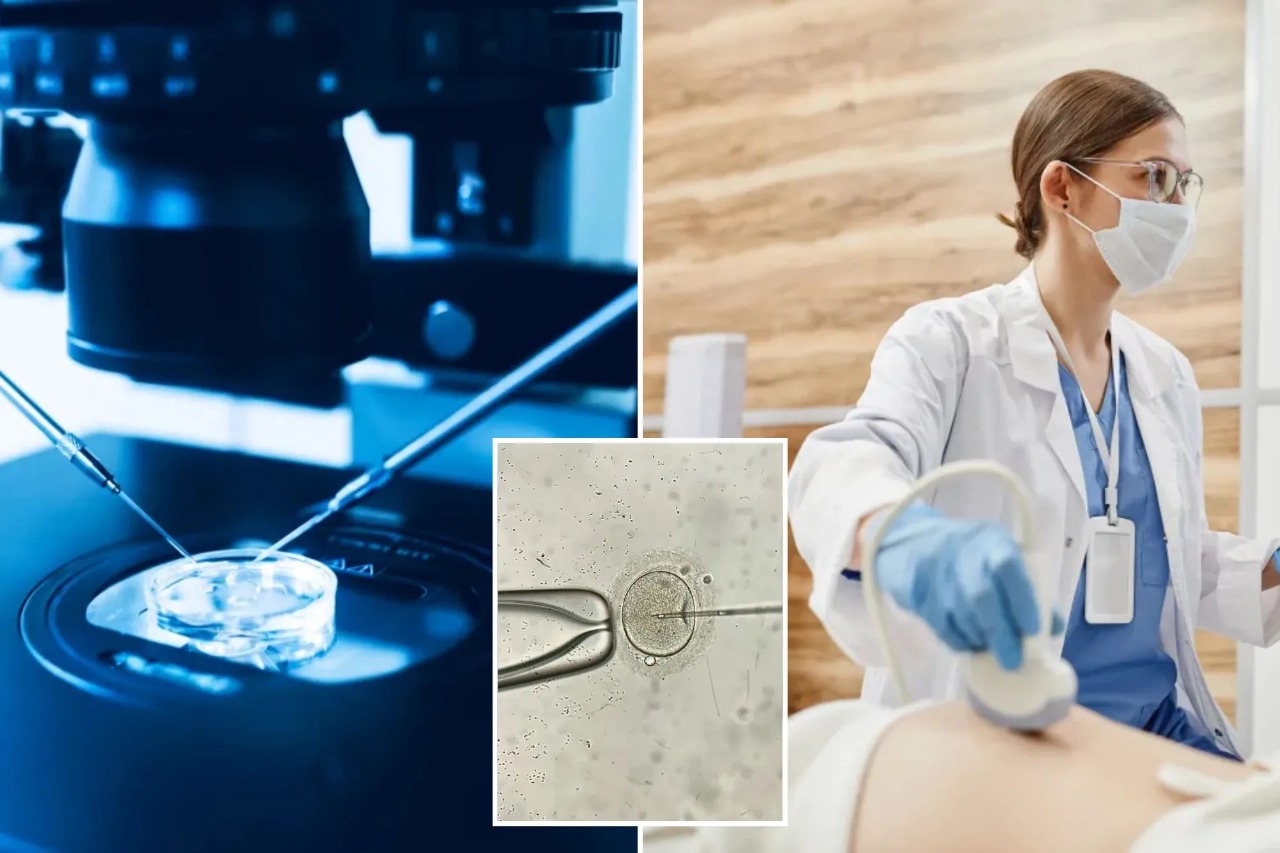In a landmark advancement for reproductive medicine, scientists have captured the first-ever real-time 3D video of a human embryo implanting into a simulated uterine wall. This pioneering study, conducted by researchers from the Institute for Bioengineering of Catalonia (IBEC) and Dexeus University Hospital in Barcelona, offers unprecedented insight into the mechanics of embryo implantation—a process that has long eluded direct observation.
The findings, published in the journal Science Advances, are expected to significantly improve the success rates of in-vitro fertilization (IVF), where implantation failure remains one of the leading causes of infertility and miscarriage.
Key Highlights From the Study
1. Researchers recorded a human embryo implanting into a synthetic uterine matrix using advanced microscopy
2. The embryo was seen exerting force and reshaping the uterine lining during the process
3. The study revealed key behavioral differences between human and mouse embryos
4. A gel-and-collagen-based artificial uterus enabled the ex vivo observation
5. The insights could lead to new supplements and protocols to enhance IVF outcomes
Understanding the Implantation Process
Embryo implantation is a critical step in pregnancy, occurring when a fertilized egg attaches to the uterine lining six to twelve days after ovulation. Until now, this moment could only be inferred through indirect signs such as ultrasound weeks later. The new video footage changes that, offering a direct view of how a five-day-old embryo physically interacts with uterine tissue.
Lead researcher Samuel Ojosnegros described the process as surprisingly invasive. The embryo was observed burrowing into the uterine wall, applying considerable force and traction to integrate with the tissue. This mechanical interaction was previously unknown and may explain why some embryos fail to implant successfully.
Implications for IVF and Fertility Treatments
Implantation failure is responsible for nearly 60 percent of miscarriages and is a major barrier to successful IVF outcomes. Despite advances in embryo selection and genetic testing, only 25 to 30 percent of transferred embryos result in pregnancy. The new study offers a potential pathway to improve these odds.
By using a synthetic uterus model, researchers were able to test how embryos respond to different environmental cues. They discovered that uterine contractions and external forces may play a crucial role in successful implantation. These insights could lead to the development of new culture conditions or compounds that enhance embryo receptivity.
One such advancement is a protein supplement already being tested in clinics, designed to improve implantation rates by mimicking the natural uterine environment. Researchers believe that this supplement, combined with better embryo monitoring, could significantly boost IVF success.
Differences Between Human and Mouse Embryos
The study also highlighted important distinctions between human and mouse embryos. While mouse models have traditionally been used to study implantation, the new video revealed that human embryos behave differently, particularly in how they exert force and interact with the uterine lining. This finding underscores the need for human-specific research in reproductive science.
A New Era in Fertility Research
The ability to observe embryo implantation in real time opens new doors for fertility research. It allows scientists to study the precise conditions that lead to successful pregnancy and to identify factors that may hinder it. This could lead to personalized IVF protocols tailored to individual patients, improving outcomes and reducing emotional and financial strain.
The researchers emphasized that their system is not just a scientific tool but a clinical asset. It enables fertility specialists to test interventions before transferring embryos, potentially reducing the number of failed cycles and increasing the chances of conception.
Conclusion: A Window Into Life’s Hidden Moment
This first-of-its-kind video marks a turning point in reproductive medicine. By revealing the hidden mechanics of embryo implantation, it offers hope to millions of couples struggling with infertility. As the technology evolves, it may become a standard part of IVF procedures, helping to transform the way we understand and support early human development.
Sources: NDTV, Yahoo News, Live Science, The Guardian, Science Advances






